Possui graduação em Física pela Universidade de São Paulo (1993), mestrado em Física pela Universidade de São Paulo (1996) e doutorado em Materiais pela Penn State University (2001). Fez estágio sabático (pós-doutorado) no “Wright Center for Photovoltaics Innovation and Commercialization” da Universidade de Toledo/EUA (2012/2013). De 2006 a 2017 foi Professor no Departamento de Física da Universidade Federal de Minas Gerais. Em Agosto de 2017 foi transferido (redistribuição) para o Centro de Engenharia, Modelagem e Ciências Sociais Aplicadas, CECS, da Universidade Federal do ABC. Atua na área de física e engenharia dos materiais nos seguintes temas: nanomateriais de carbono (nanotubos e grafenos), filmes finos e nanomateriais semicondutores, propriedades ópticas de materiais, elipsometria, e dispositivos de conversão de energia solar (fotovoltaicos e fotoeletroquímicos).






